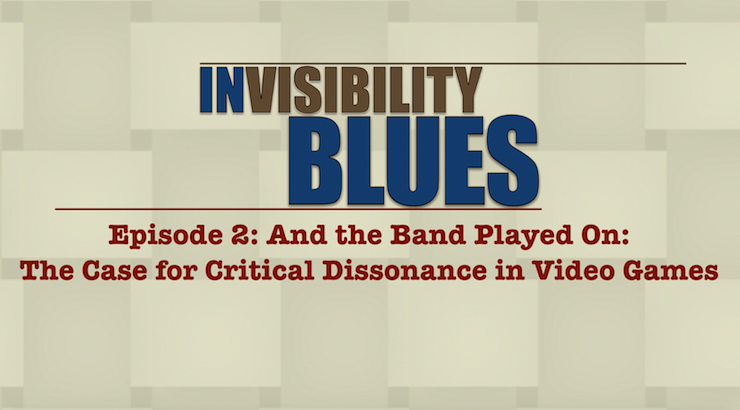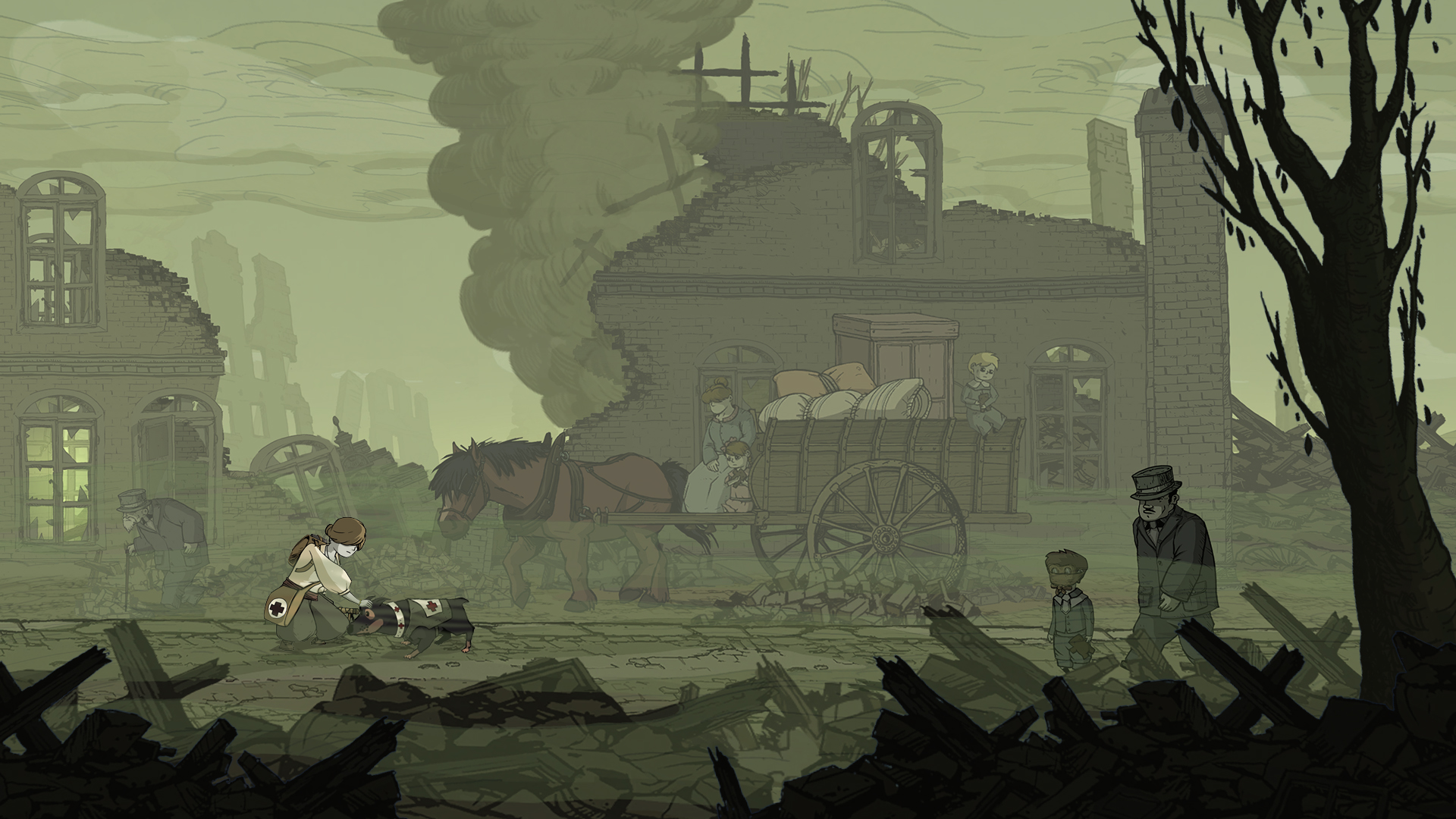I took a feminist methodologies class this past semester, and, as a result, I’ve been thinking a lot about how to make use of feminist methodologies in my own work and my own research on games and literature. What seems important when conceptualizing of such thinking and practice is that there seems to be no one right way to go about feminist work; indeed, it would seem that feminist research consists of multiple methodologies, multiple standpoints, multiple experiences, multiple subjectivities—and, as a result, the challenge for those of us doing feminist work and engaging in feminist activist scholarship is making sure that we open ourselves up to conversations about these tensions and different viewpoints. Due to this multiplicity of methods, and after thinking about such issues this past semester, I have found myself (like many feminist scholars) asking—how do I make my own methods feminist? And what do I gain and what do I risk in the implementation of such methods?
To be sure, these are questions that I find myself grappling with pretty frequently; as someone working within the field of literature and executing feminist analyses of video games, as someone operating, concurrently, within the areas of literary studies, game studies, and women’s studies, I often face challenges in establishing a theoretical framework that effectively facilitates working within such a hybridized, liminal space. But, perhaps, there is one concept that may successfully connect these fields, and that is the concept of play, which is something that Miguel Sicart conceives of as being a disruptive force. As such, I’ve come to realize that a helpful way for me to conceptualize my own methods is by thinking of them as functioning as a methodology of disruption—a methodology that interrogates the manner in which play has been defined and the manner in which play might help challenge the dominant social order in order to explore how it is the fields of game studies, literary studies, and women’s studies all make use of play in interconnected ways.
 Johan Huizinga, in Homo Ludens, argues that play is part of culture, that play is discursive, that it is a form of communication, that it allows for freedom. Sicart also thinks play is freedom, the freedom to work within rule systems by manipulating and challenging the rules, which means play can be dangerous and disruptive. And the disruptiveness of play’s ability to challenge rule systems from within reminds me of postmodern feminism, which Linda Hutcheon believes makes use of what she calls “paradoxically complicitous critique;” in other words, postmodern feminism, like play, works within the rules of the dominant ideology but also challenges and subverts these rules through critique, and this paradox is both playful and disruptive through the way it represents our social structures and constructions of self in more complex ways. Thus, the disruption enacted by postmodern feminism might be said to be playful because of the manner in which it situates itself in location to such rules and through the manner in which it does ultimately seek change—it seeks to disrupt these norms.
Johan Huizinga, in Homo Ludens, argues that play is part of culture, that play is discursive, that it is a form of communication, that it allows for freedom. Sicart also thinks play is freedom, the freedom to work within rule systems by manipulating and challenging the rules, which means play can be dangerous and disruptive. And the disruptiveness of play’s ability to challenge rule systems from within reminds me of postmodern feminism, which Linda Hutcheon believes makes use of what she calls “paradoxically complicitous critique;” in other words, postmodern feminism, like play, works within the rules of the dominant ideology but also challenges and subverts these rules through critique, and this paradox is both playful and disruptive through the way it represents our social structures and constructions of self in more complex ways. Thus, the disruption enacted by postmodern feminism might be said to be playful because of the manner in which it situates itself in location to such rules and through the manner in which it does ultimately seek change—it seeks to disrupt these norms.
Indeed, perhaps the manner in which postmodernism and feminism engage with the politics of these systems of meaning, systems of power, and systems of representation has something to do with the concept of play because play is a form of engaging with others and with our surroundings—it’s a way of making sense of our world and who we are. Feminist play, then, allows us not only to make meaning through our play but also to unsettle and disrupt these meanings in a way that makes such feminist work the type that engages in play’s efforts to unsettle the rule structures and normative systems in which we are situated. Thus, postmodern feminism effectively troubles such boundaries by incorporating play as a means of disruptively manipulating the rule structures of the dominant social order. In doing so, the field of postmodern feminist play, then, might become a space for freedom.
And this is what makes postmodern feminist, specifically, so viable as a space for play—its ability to allow us to interrogate our various experiences, its ability to allow us to understand and play with the heterogeneity of the conditions of life and living today. This seems especially true when considering the fact that most of the changes in the conditions of our lives today occur in digital spaces. Perhaps this is where feminist game studies becomes helpful as a field that explores how a social revolution can be digitized and how exploring the intersection of women and technology can be an endeavor that helps us transform knowledge into action. Thus, feminist game studies can allow us to problematize gamer culture, to disrupt its definitions of who gets to be a gamer and what gets to be a game, by making use of and subverting their own definitions and tools—beginning with play.
 To focus on these lived experiences, to trouble the boundaries of identity, is where disruptive play matters, for such play allows us to come to realize how other worlds and other futures might be made possible. Disruptive play, then, is an active reimagining not just of who gets to be a gamer and what gets to be a game, but also who gets to be a knower and what gets to be known.
To focus on these lived experiences, to trouble the boundaries of identity, is where disruptive play matters, for such play allows us to come to realize how other worlds and other futures might be made possible. Disruptive play, then, is an active reimagining not just of who gets to be a gamer and what gets to be a game, but also who gets to be a knower and what gets to be known.
This is the goal of feminist game studies and this is the goal of my own work. And this framework for a sort of postmodern feminist game studies makes use of intersecting modes of analysis and interrogation—such as game studies’ examinations of play, literary studies’ examinations of postmodernism, and feminism’s examinations of experience. To be sure, there are several primary projects here, projects that I’m still pondering over (and will continue to ponder over for some time, I’m sure) but perhaps it might be said that, ultimately, the goal of postmodern feminist play is to establish a deregulating system, one that deregulates through disruption in order to bring about social change.




